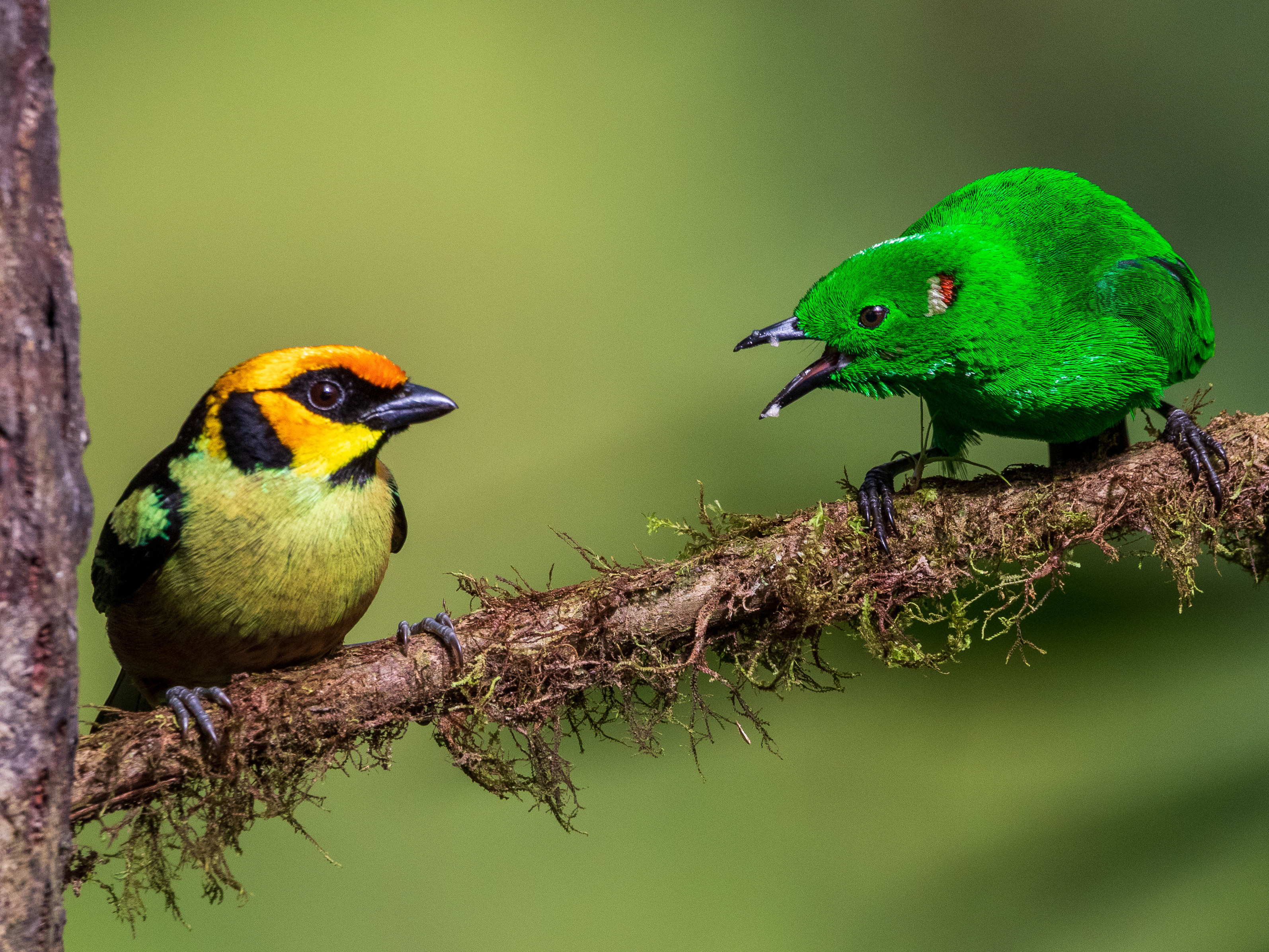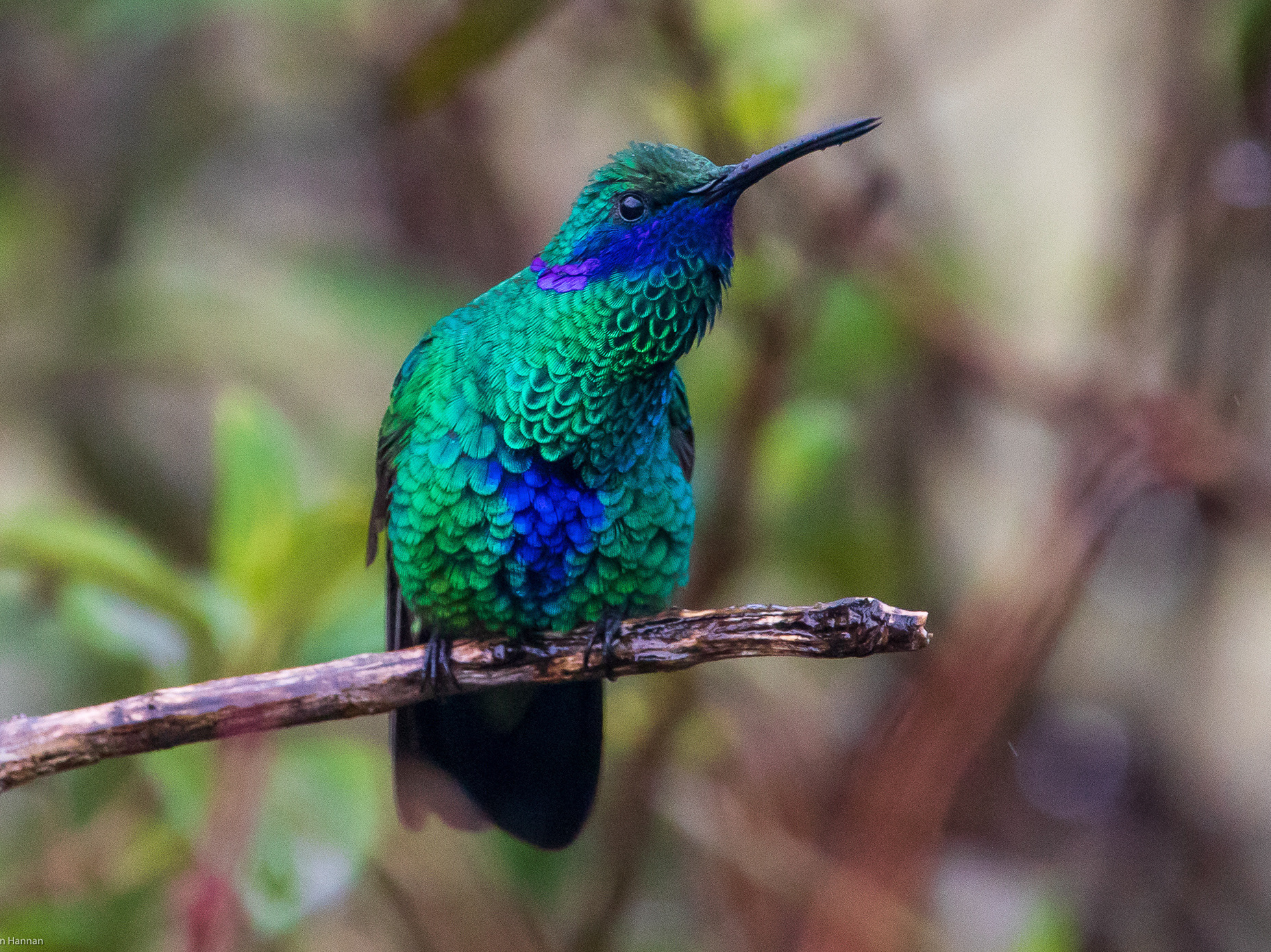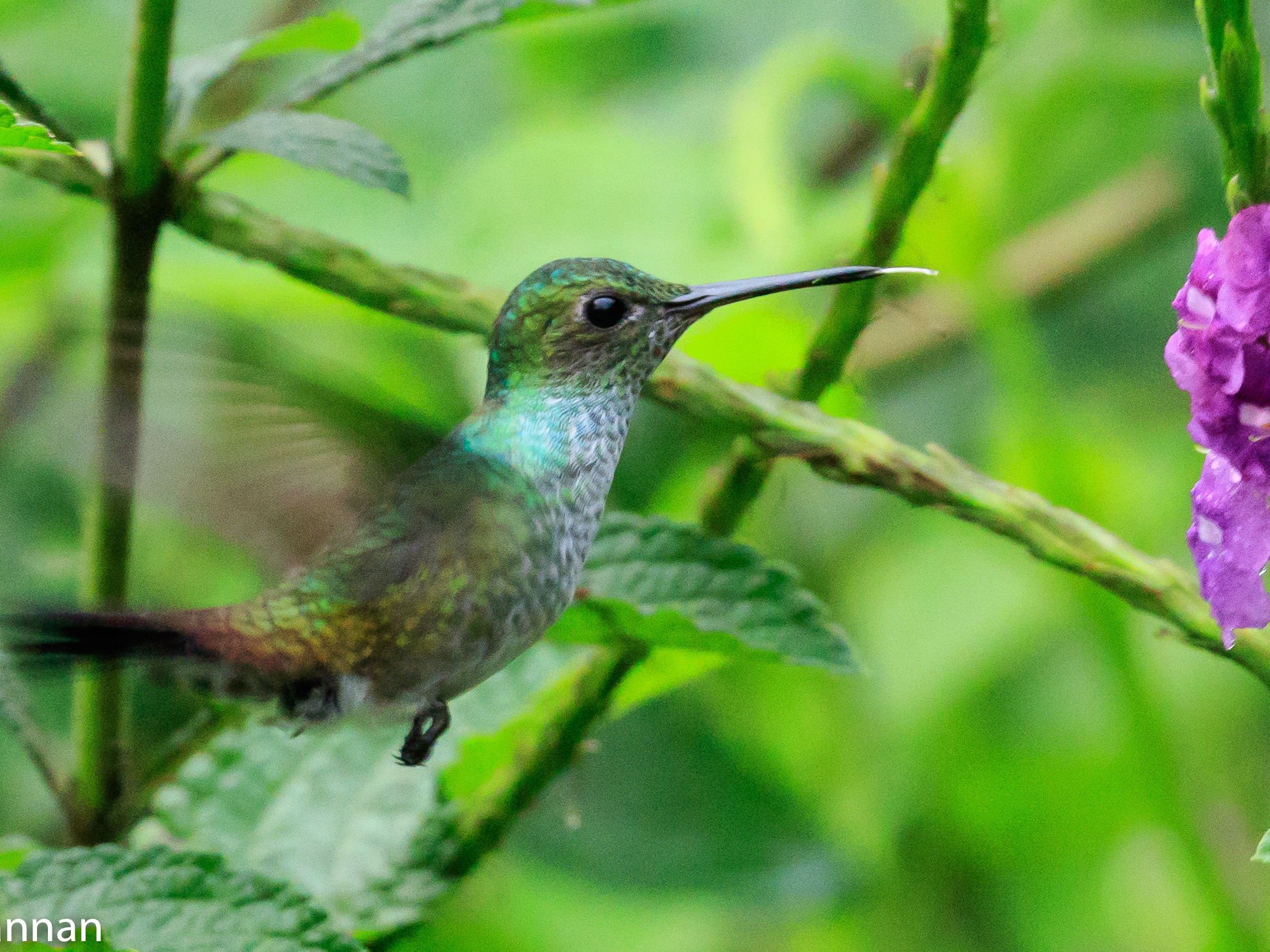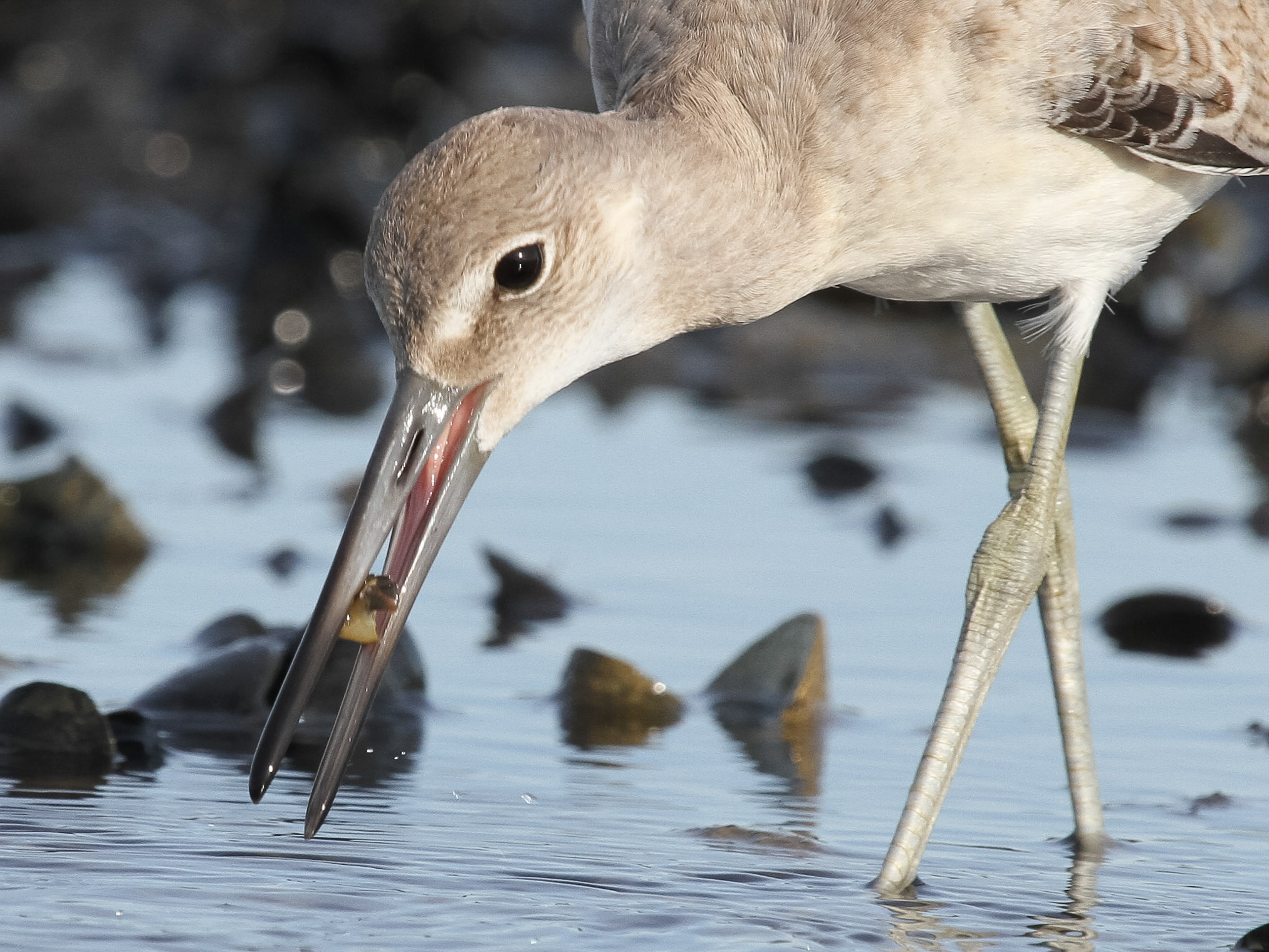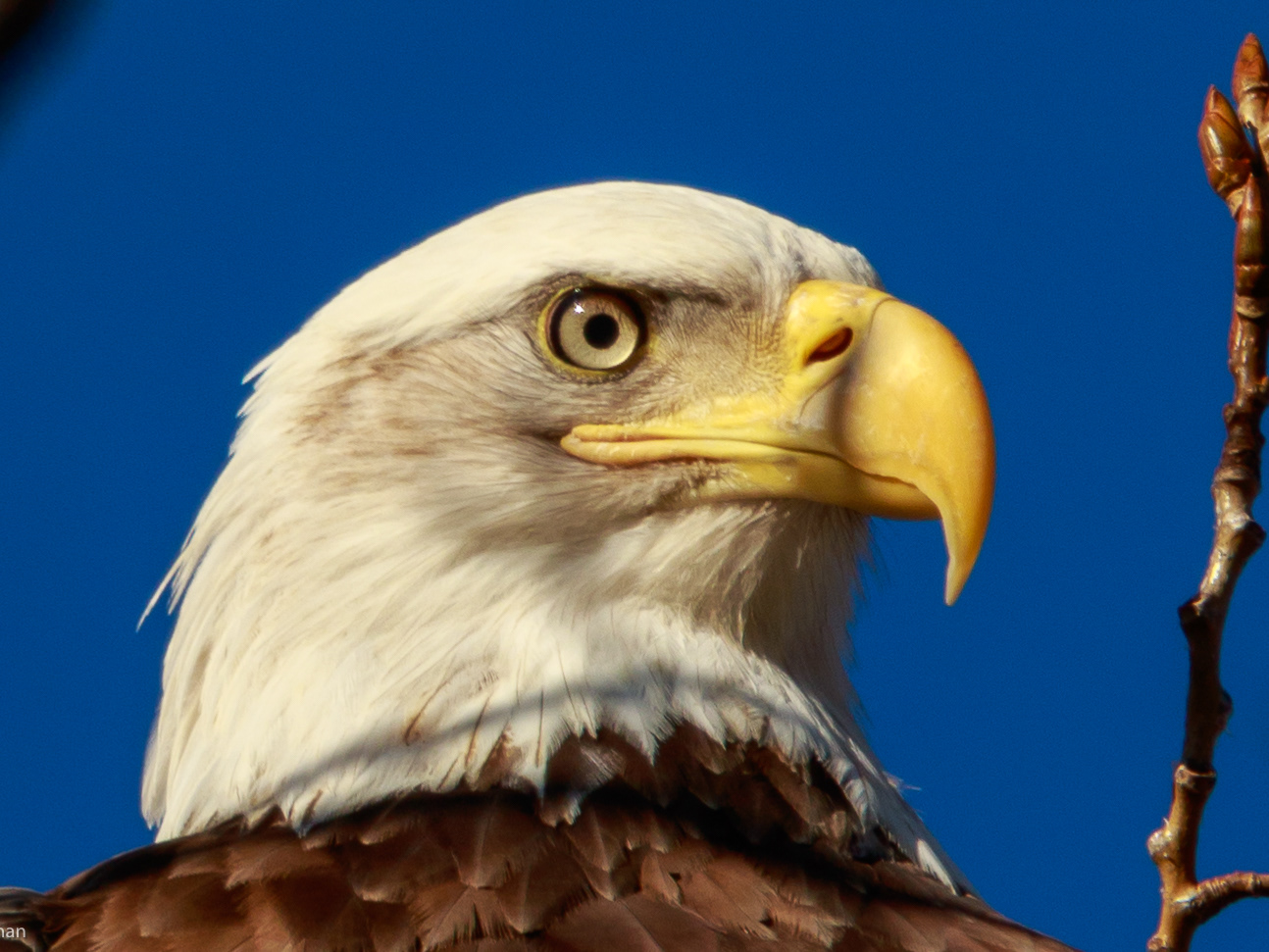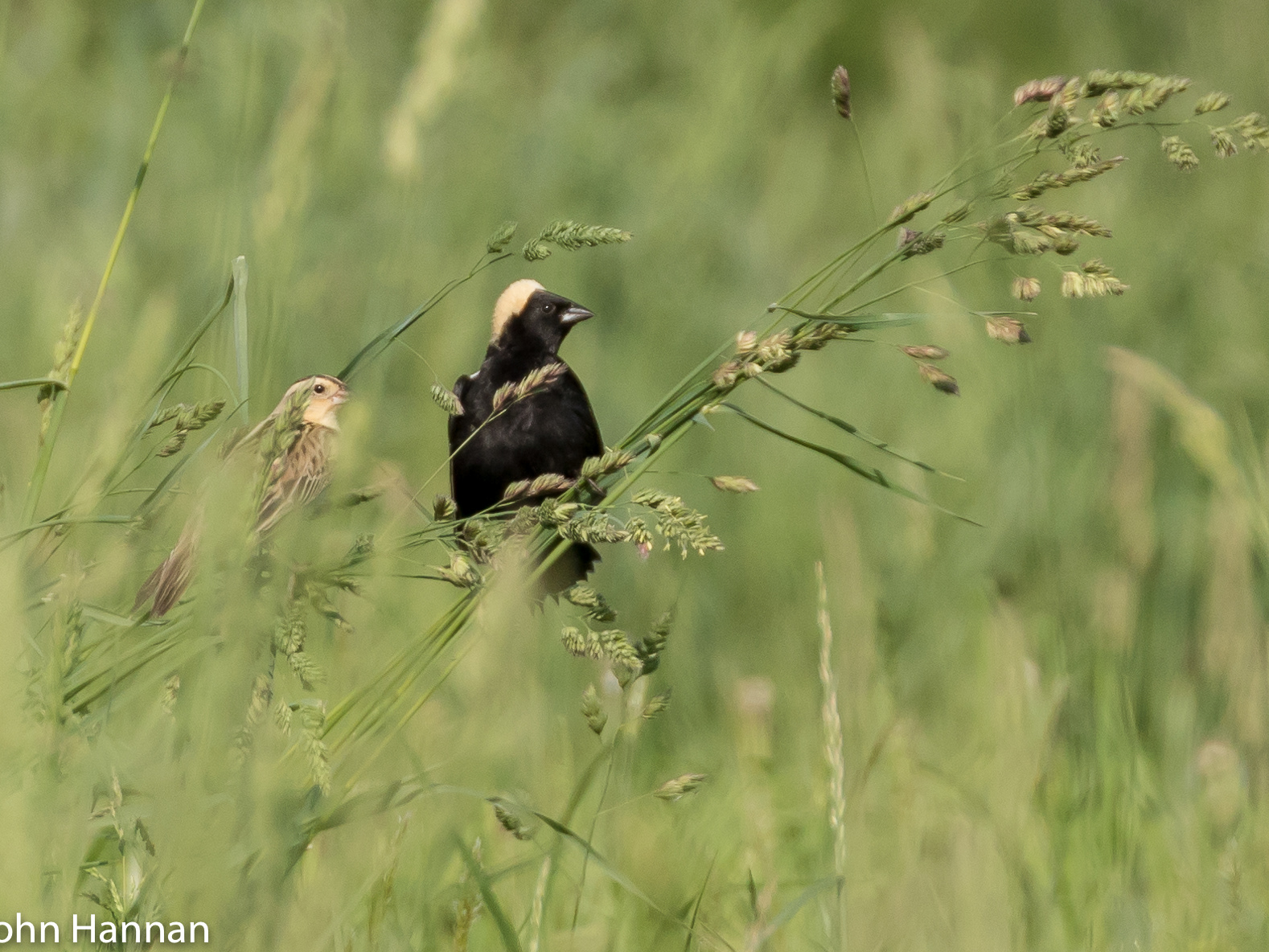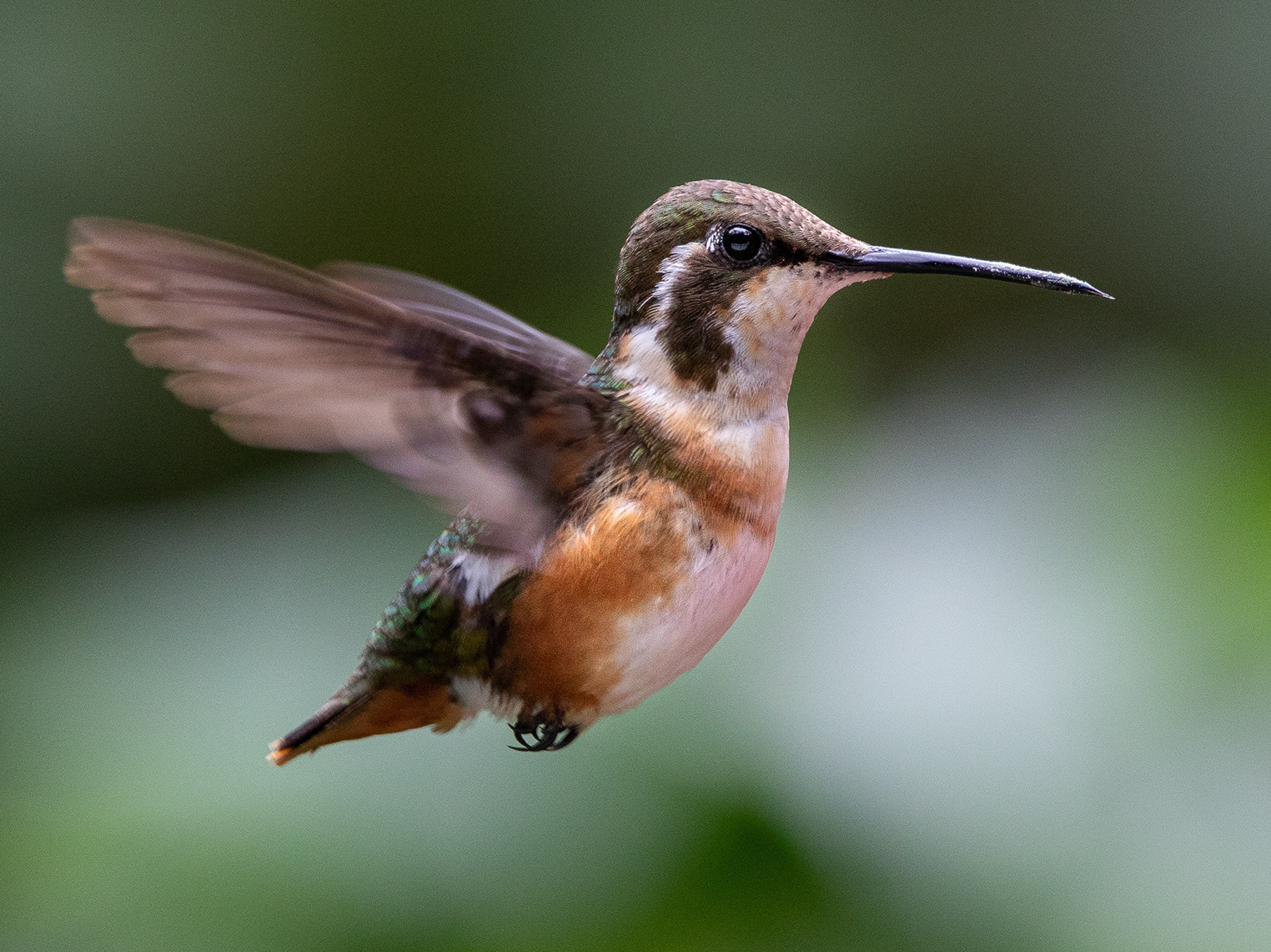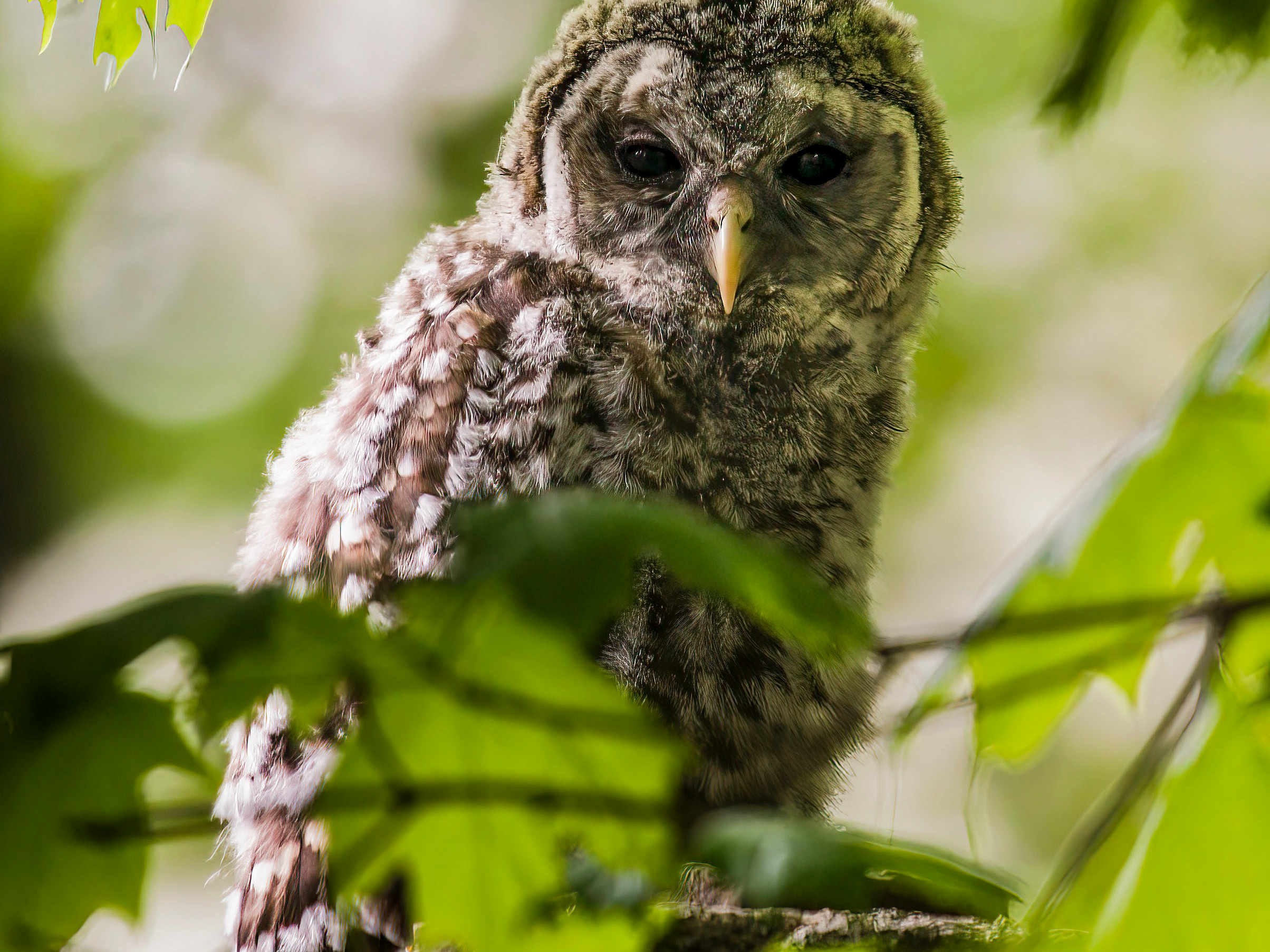Antillean Mango photographed in Duarte Park, downtown Santo Domingo around 7 am. I was using a Canon 70D and the original EF 100-400mm set to 400mm. The park is all red brick so there was a very warm morning light that allowed me to maintain a decent shutter speed of 1/1250 while keeping the ISO to 500 and aperture to 7.1
Vervain Hummingbird - this resident of Jamaica and Hispaniola is a mere 6 cm long and 2.4 grams. Like all hummingbirds, it is very territorial. Widespread from sea-level to 1,600 meters this image was taken at the Villa Barrancoli on the Rabo de Gato trail. For this, and the next three images, I used a Canon 5D Mark III with the EF 100-400mm Mark II. Hummingbirds often come in so close, I find it worth losing the crop factor of the 7 D or others to achieve the brilliant image a full frame camera offers.
View of the Vervain in sunlight at Tody Tours Villa Barrancoli camp on the Rabo de Gato Trail. In good mid-morning light I could set the camera to 5.6 aperature with 400 ISO and 1/500 shutter speed and capture both the bird and flower in a crisp image.
Antillean Mango are found throughout the island of Hispaniola from sea level to 2,600 meters. This was taken at the Tody Tours Villa Barrancoli on the Rabo de Gato Trail. Here I tried a slightly different method as there was shade all round the area he was flying. I opened up the aperture to 11 as I was so close to the bird and pushed the speed down to 1/250 with an ISO of 400. This is tough with fast moving birds like hummingbirds but it worked pretty well.
Hispaniolan Emerald is still a fairly common species in broadleaf forest above 300 meters and abundant in pine above 1,200 meters. This was taken on the Zapoten road about 100 meters above the La Selle Corner. We were walking back from a great morning seeing almost all of Hispaniola's endemic species and this little fellow buzzed in on the shady side of the trail. He was very focused on trying to pick the red threads from my Cape May Bird Observatory cap off the hat so he came right in and perched above us. I took a chance and pushed the ISO up to 1600, set the aperture to 5.6, let the speed go down to 1/125 and got a pretty decent image of a wonderful bird in an area that must be protected for all the species it provides habitat for.
This Cuban Emerald was photographed at the Mirador Islazul hotel in San Diego de los Baños. A very pleasant hotel, it is a short ride to the Cueva de Los Portales just 11km west of La Güira National Park, where Che Guevara was headquartered during the Cuban Missile Crisis in 1962. This is a stop not to be missed for historic context and for the cave swallows that now inhabit the area.
A Bee Hummingbird, the smallest bird in the world. Not the great image but since this bird can only be seen in Cuba it is worth including in this portfolio. It was an overcast morning and the bird insisted in staying in a an where it was backlit so I had to shoot knowing I would get shadows, still an amazing bird though!
Now we move to the highlands of Nicaragua and cloud forest where humidity is the challenge to a photographer. This Green-breasted Mountain Gem is fairly common in the cloud forest habitat of El Jaguar Private Nature Reserve because owners Liliana and Georges Chavarria-Duriaux put great effort into conserving their lands. In order to limit the noise from the humidity in the air I kept the ISO to 1250 which meant shooting at 200 speed. Luckily the bird held still long enough to get a crisp image.
This Violet Sabrewing was also taken at the El Jaguar Nature Reserve. Liliana and Georges maintain hummingbird feeders and fruit tables so, even in torrential rain a birder and photographer can enjoy a morning filled with beautiful species well within the range of normal zoom lens. This shot was taken in the afternoon after a great day of birding. The afternoon light was strong so, even though the feeder was under a porch, I set the ISO to 640 with a speed of 250 and aperture of only 5. Still I got good clarity throughout the head and body of the bird while the wings begin to blur out convey the sense of motion.
The same Violet Sabrewing sitting just above me on the porch of El Jaguar Nature Reserve. Clouds were coming in and out as an afternoon rain shower passed through. I shot this image at 1600 ISO at only 60 speed but the closeness of the bird allows for the crispness of the image, not always the case when shooting at such a slow speed.
Another species you will see at the El Jaguar Nature Reserve is the Rufous-tailed Hummingbird. This bird likes to remain in under-story canopy so be prepared to shoot at low speeds in order to gain enough light. I experimented with having the ISO at 250 and a speed of 100 here and it worked. The 5.6 aperture does a nice job of smoothing out the background.
White-eared Hummingbird in its southern most range at El Jaguar Private Nature Reserve, Jinotega - Nicaragua This is another image of a bird that likes to confound photographers as it perches low and always in murky lighting. So as not to disturb the birds I always try not to use flash or other artificial lighting. This image was taken with a Canon 70D and the original EF100-400mm at 1/60 with an aperture of 5.6 and an ISO setting of 500. The bird was close enough that the lens is set at 330mm and I was really pleased with the clarity.
The beauty of a stay at El Jaguar is you can drive just 20 minutes away and leave cloud forest for pine-oak woods. Here you will find species like the Azure Crowned Hummingbird. Aptly named for its striking blue crown, I captured this bird at the entrance to the forest at a Zip Line station. Shoot at 1/125 with an ISO of 400 and aperture of 5 I lost some of the bird's feathering detail but captured that beautiful crown.
Moving down to the Pacific coast of Nicaragua and the city of Masaya, here is the most common hummingbird of Nicaragua - the Cinnamon Hummingbird. This fearless fellow inhabited the parking lot of the hotel along the Pan American Highway. Shooting at an ISO of 1000 with a speed of 1/160, but with good morning light allowed me to capture this and the next image.
Cinnamon Hummingbird - Masaya, Nicaragua
A trip to NE Nicaragua should always be considered when traveling there. You will venture into truly rural lands. In the city of Siuna stay at the Posada Dona Chella, a very welcoming and comfortable establishment where these Rufous-tailed Hummingbirds greet you every morning. Lighting is very tricky outside of the rooms though, while the bird is only a few feet away, I had to shoot this image at an ISO of 5000 and a speed of 1/250!
The most common hummingbird of the eastern United States is the Ruby Throated Hummingbird but give them their due, this little bird is a long distance migrant. for its size. This image and the next were taken in the Maria de Concepcion Private Reserve in the Seirra de Managua area of Nicaragua. This female probably flew across the Gulf of Mexico and then overland to Nicaragua.
A burst of morning sunlight enabled me to shoot this female Ruby Throated Hummingbird at 1/320 with an ISO of 640 capturing the detail of the face feathers and the still from morning dew wet flower petals.
This image and the next are of another Ruby Throated Hummingbird, only this time on its nesting grounds in Somers NY.
Just to finish on something different I take you to the poolside of the Guayaquil Hilton in Ecuador where I stayed for a night before heading to the Galapagos. This beautiful little Amazilla Hummingbird loved coming to the flowers at the poolside edge. Once again showing how some species can tolerate an urban area with constant disturbance by humans but wouldn't it be better if we ensured they did not have to!
